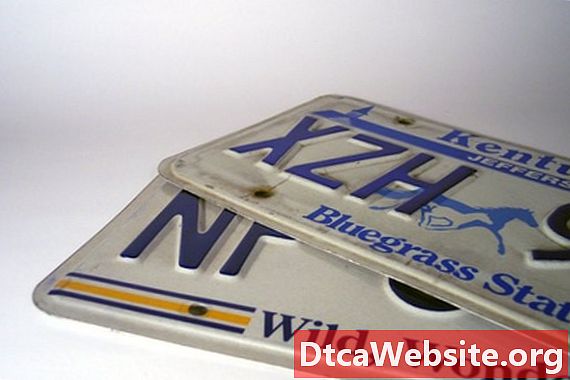
Contenu

The Mopar 340-cubic-inch engine was manufactured for the model years 1968 through 1973. This engine was the performance small-block option in the Mopar lineup--Dodge, Chrysler and Plymouth--during these years. In the 1974 model year, the 340 engine was replaced by the 360-cubic-inch engine as emissions regulations had seriously cut into the 340s horsepower potential.
1968
1968 was the debut year for the 340-cubic-inch engine by Mopar. This engine was sometimes viewed as simply a larger version of the 318-cubic-inch engine that was standard on these vehicles, as it was cast from the same block. This was untrue, as inside, the two engines were completely different. The debut year of the 340 produces 275 horsepower at 5,000 rpm and 340 ft.-lb. of torque at 3,200 rpm.
1969
In 1969, Mopar figured that if the engine wasnt broken, dont fix it. The 340 in this year was left pretty much unchanged from the previous year. The only change was that the manual-transmission-equipped 340s now had the same camshaft as the automatic-equipped 340s. This engine still produced 275 horsepower at 5,000 rpm and 340 ft.-lb. of torque at 3,200 rpm.
1970
1970 was the staple year for the 340, as it carried the highest performance numbers of its life. Mopar added a higher-performance version named the Trans Am (T/A) edition, or Six-Pack on Plymouth models. The most notorious feature of this engine are the three two-barrel carburetors sitting on the high-rise intake; hence the name Six-Pack. The basic four-barrel option was still a performance feature in this year and remained completely unchanged, producing 275 horsepower at 5,000 rpm and 340 ft.-lb. of torque at 3,200 rpm. The T/A or Six-Pack edition was bumped up to 290 horsepower at 5,000 rpm and 340 ft.-lb. of torque at 3,200 rpm.
1971
In 1971, the Six-Pack and T/A versions were eliminated. The four-barrel carburetor edition still remained, with minor changes. The compression ratio was decreased to 10.25 to 1, a Carter Thermoquad carburetor replaced the Carte AVS, and the cylinder head was changed. With all of these changes, the 340 still remained at 275 horsepower at 5,000 rpm and 340 ft.-lb. of torque at 3,200 rpm.
1972
1972 was the beginning of the end for the 340. Emissions regulations became much stricter, and Mopar had to make drastic changes to compensate for this. The compression ratio was dropped to 8.5 to 1. The crankshaft was changed from forged to cast, and the camshaft was changed to a milder one. The final change this year was a change in color from orange to corporate blue. All of the mechanical changes lead to a significant drop in horsepower, to 240.
1973
This was the exit year for the 340 engine. Mopar left the engine nearly unchanged from the previous year; the only change being that the crankshaft was now shot-peened instead of cast, for added strength. The lack of changes means that the 340 exited production with a horsepower rating of only 240. In 1974, Mopar released the 360-cubic-inch replacement that included a few leftover parts from the 1973 340.


